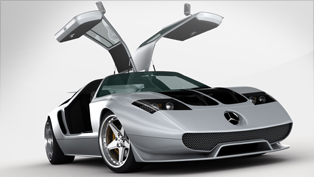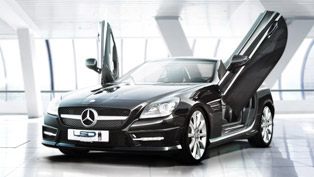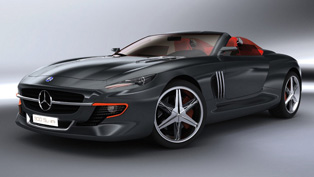Classic Mercedes-Benz 300SL - A Walkthrough
I want to talk about classics. These days we have so much technology at our front step that we have lost the ability to appreciate it. A thrust back in time might just be the thing that will kick-start the part of us which admires pure and brave automotive innovation. I am talking about the Mercedes-Benz 300SL – a car which, for a time, was the fastest one around, a car that was and still is in a class of its own.
In the 50's, Germany was still experiencing the aftermath of war. The country was split and times of reform and renovation were still due to come. But not all was grime and despair – that same decade a car was about to change the automotive world. At that time Daimler-Benz AG were almost out of money but not out of ideas. In 1952, a strictly-for-race 300SL (W194) set out to win numerous races around the world, reaffirming the racing pedigree of the company. The thing is that the 300SL racing car wasn't the most powerful car out there. In fact the W194 bore a really mildly impressive, production-based 3.0L. straight six engine equipped with an overhead camshaft and valves and three carburetors. The car's innovative spirit however, manifested itself trough structure, aerodynamics and lightness (SL stands for "Super Light"). The body had a low drag coefficient and thanks to an image defining tubular frame, the W194 was rigid and lightweight.
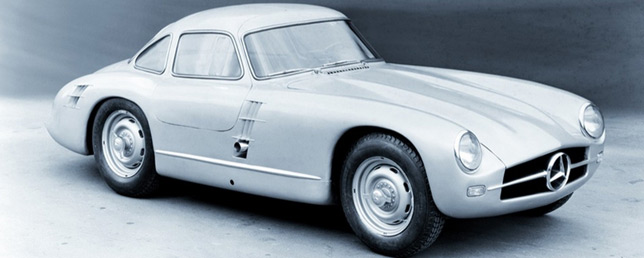
Some of that racing formula transferred directly to the road going 300SL (W198) which rolled out of the factory two years later in 1954. Roughly 3,258 were built in both Coupe and Roadster versions. And even by today's standards, it was a thing of beauty. The engine was the same 3.0L found in the racing car but instead of carburetors, it had a first-ever in a 4-stroke engine, fuel injection system by BOSCH. And that was the charm that radiated from the SL – it was a first in many, many things. Because of the fuel-injection system, power was almost double to the one found in the original carbureted version (215 PS). That made the SL, the fastest production car of its time capable of speeds up to 260 km/h (161 mph). The engine was awkwardly askew so that the hood would remain as low as possible and the fenders had horizontal "eyebrows" over the wheel openings to reduce drag. Because of the same tubular frame which resembled a plane fuselage, the 300SL engineers had to figure out a way to incorporate doors. Solution came with the, now emblematic, "gullwing" doors that gave the car a unique character.
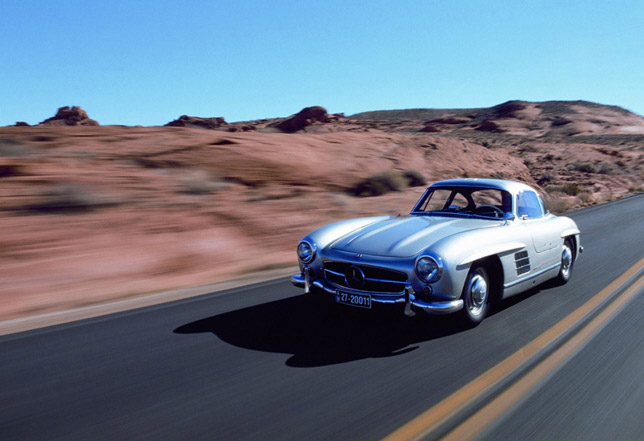
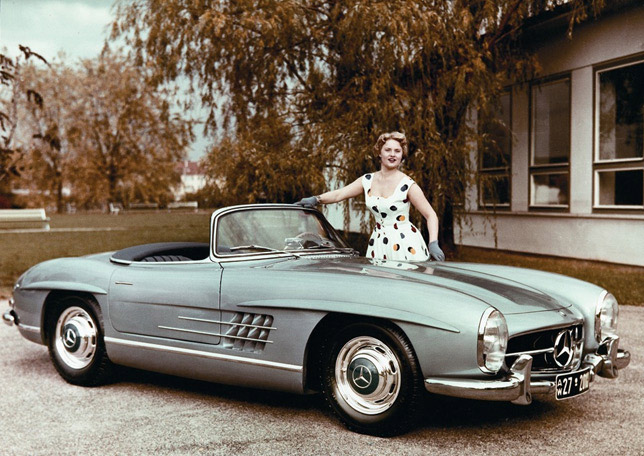
As with every ambitious and innovative project, the 300SL came with its own issues – the fuel injectors had the tendency to flood the oil pan and cylinders which proved problematic (changing the oil every thousand miles was recommended). But the sheer size of the oil tank was big enough to send an oil company into bankruptcy – ten…10…X…liters! Because of that lubricant volume the engine would never reach optimal temperature thus worsening the general effects of wear and tear. All wheels used drum brakes and at high speeds the swing axle at the back tended to act up in a terrifying manner. Regardless of the presence of doors on the "Gullwing", one still had to be a fairly agile person to get in or out because of the remarkably high sills. The steering wheel also had to be tilt-away before even thinking about sitting at the driver's seat. The trunk space was non-existent and the amount of fuel in the tank, to a certain extent, determined the handling of the car. And for all of that, there was the price which exceeded that of a really luxurious household.
But did all of this really matter in a bigger context? Of course it did… everything added up to form the first-ever supercar – ludicrous, impractical, dangerous, unstable and very, very exciting.
Picture source: Mercedes-Benz
